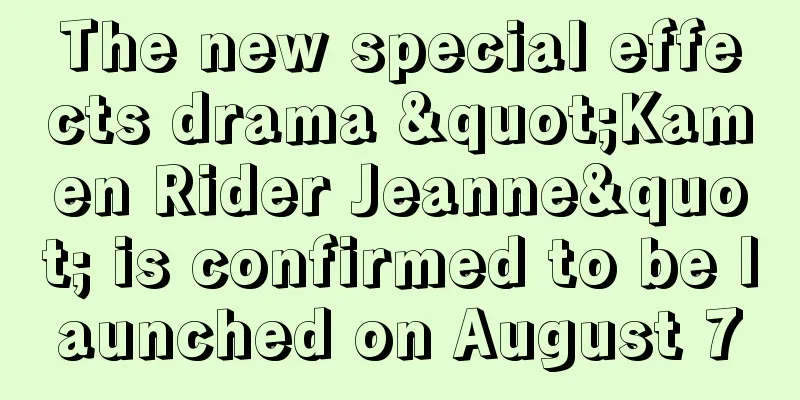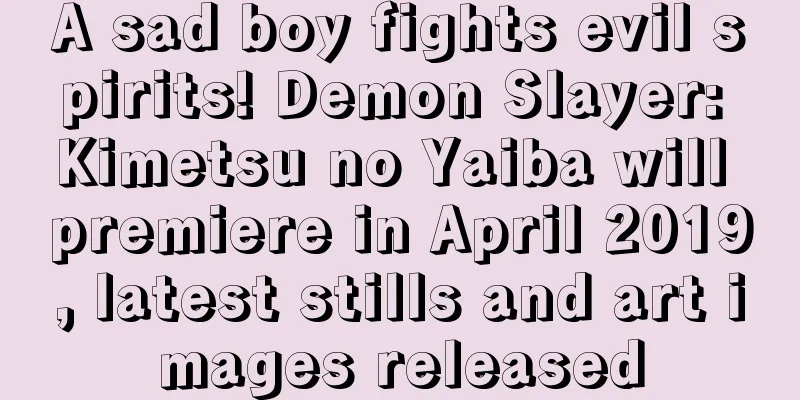"Little Rabbit Fishing": An anime that offers a perfect balance of adventure and relaxation

"Little Hare's Fishing": The appeal of prewar Japanese animation and its historical significance■Overview of the work"Little Hare Fishing" (Ko Usagi no Sakanatsuri) is a Japanese animated film released in 1937. It was released in theaters and was produced as an original story for the anime. The original story was written by Takeshi Seki, produced by All Kinema, and illustrated by Kiyoji Nishikura. This work is the fourth in the Little Hare series. ■ StoryA little rabbit is fishing when he catches a big fish. He tries his best to pull it, but is nearly pulled into the pond. Hearing his cry for help, the animals of the forest rush to the rescue and save the little rabbit. This simple yet moving story made a deep impression on audiences at the time. ■Explanation"Little Hare's Fishing" was produced as the fourth part of the Little Hare series. This series is a symbol of the dawn of prewar Japanese animation, and shows the high level of technology and artistry of the time. This work in particular was highly praised among them, and was loved by many audiences. Source: "History of Japanese Animation Films" by Yamaguchi Katsunori and Watanabe Yasushi, Planet, p. 220 ■ Main staffProduced by All Kinema Company Original story by Takeshi Seki Illustration by Kiyoji Nishikura ■ Background and historical significance"Little Hare's Fishing" is a work that symbolizes the development of the Japanese animation industry in the 1930s. During this period, Japanese animation was still in its infancy, and there was a lot of trial and error going on both technically and artistically. All Kinema produced a succession of high-quality works in this environment, and had a major impact on the Japanese film industry. Takeshi Seki was one of the most important creators in the world of Japanese animation before the war. His works were loved by a wide range of people, from children to adults, and were highly praised for their skillful storytelling. In particular, the Koto series was his signature work and was loved by many people. Kiyoji Nishikura was one of the leading animation directors in the Japanese animation world at the time. His drawings were known for their beautiful lines and movements with attention to detail, and had the power to draw the audience in. In "Little Hare's Fishing," his drawings also enhance the appeal of the work. ■The appeal of the workThe greatest appeal of "Little Hare Fishing" is its simple, moving story. The scene where the little hare is about to be sucked into the big fish creates tension in the audience, but the scene where the animals of the forest rush to rescue him spreads a warm and moving message. This story teaches us the courage to face difficulties and the importance of friends. The beauty of the drawings cannot be overlooked either. Nishikura Kiyoji's drawings are detailed and beautiful beyond the technical standards of the time, and have the power to draw the audience in. In particular, the expressions and movements of the rabbit and the forest animals are extremely realistic and full of emotion. These elements combine to make "Little Hare's Fishing" a masterpiece of prewar Japanese animation. ■ Influence of the work"Little Hare's Fishing" had a major impact on postwar Japanese animation. In particular, the importance of storytelling and the pursuit of beautiful drawings were passed down to later animators. This work also demonstrated that Japanese animation is a culture that we can be proud of on a global scale, and has gained international acclaim. Furthermore, this film also has educational value. Its story teaches children the courage to face difficulties and the importance of friendship, and has many lessons for them. This film is often shown at schools and homes, and its educational value is highly valued. ■Reasons for recommendation"Little Hare's Fishing" is a must-see for anyone wanting to understand the appeal and historical significance of pre-war Japanese animation. With a simple and moving story, beautiful animation, and educational value, this work can be enjoyed by a wide range of people, from children to adults. It will also help you gain a deeper understanding of Japanese culture and history. I would especially recommend this film to anyone interested in the history and technology of animation. "Little Hare's Fishing" is a work that shows the high level of technique and artistry of prewar Japanese animation, and learning about its background and production process will deepen your understanding of animation. Also, watching it with your family is a good opportunity to teach your children about courage and the importance of friends. ■ Related works"Little Hare's Fishing" is one of the Little Hare series, and you can get a deeper understanding of it by watching the other works in the series as well. In particular, the other works in the series also have moving stories and beautiful drawings, and you can feel the charm of pre-war Japanese animation. Also, by watching other works by Takeshi Seki and Kiyoji Nishikura, you can get a deeper understanding of their talent and achievements. ■ Summary"Little Hare's Fishing" is a wonderful work that allows you to feel the charm of pre-war Japanese animation and its historical significance. With a simple and moving story, beautiful drawings, and educational value, this work can be enjoyed by a wide range of people, from children to adults. We hope you will gain a deeper understanding of Japanese culture and history through this work and experience the charm of animation. |
<<: Review of "Shochan Kumabou Senki": A unique adventure and charming characters
>>: Chusuke's Repayment of Gratitude: A Thorough Review of the Moving Story and Character Depth
Recommend
Hatsune Miku's official GT racing car uses Mercedes-AMG models and will compete in the GT race
Recently, the official GT racing car 2021 of the ...
The latest stills of Miike Takashi's "Yokai War" movie are confirmed to be released on August 13
Takashi Miike's famous movie "Yokai War&...
The Witcher: Nightmare of the Wolf scored 6 points by IGN, lacking in features and not telling a good story
The Witcher: Nightmare of the Wolf animated film ...
"Army of the Dead" new video: How to deal with zombie tigers?
Today (May 11), Netflix released a new video of t...
Penguins Memory: A Story of Happiness - A thorough analysis of the touching story and the charm of the characters
Penguins Memory: A Story of Happiness - A moving ...
My Baseball - A thorough analysis of the moving story of the pursuit of the hot ball of youth
"My Baseball": A work that marked the d...
The creators of "Life Cutting" promised that the second season will reveal more company secrets
According to the series' creators, the upcomi...
Review of "The New Monkey and the Crab": A deep dive into a modern take on a classic tale
All-round review and recommendation of New Monkey...
The Witcher series Ciri actor hopes fans will give Liam a chance: Don't attack him
Henry Cavill has left The Witcher, and Liam Hemsw...
GameOver: Game of Thrones stars on cover of Entertainment Weekly magazine
In April this year, the American TV series "...
The appeal and reviews of "Mucchiri Mura": The perfect balance of healing and laughter
"Mucchiri Mura" - A unique worldview an...
The main visual effects of the animated version of "Wonderful World" are released, and the protagonists join forces to fight the enemy
Square Enix released the main visual of the anima...
The appeal and evaluation of "Ashibe 2": The success of the sequel and a new adventure
"Ashibe 2" - A heartwarming story of ev...
"Space Warriors" review: A masterpiece anime with epic space battles and a deep story
"Space Warriors": A Future Battlefield ...
The animation "The Three-Body Problem: Holding the Sword" was completed on B-station and obtained the distribution license from the State Administration of Radio, Film and Television
IT Home reported today (April 25) that the State ...









